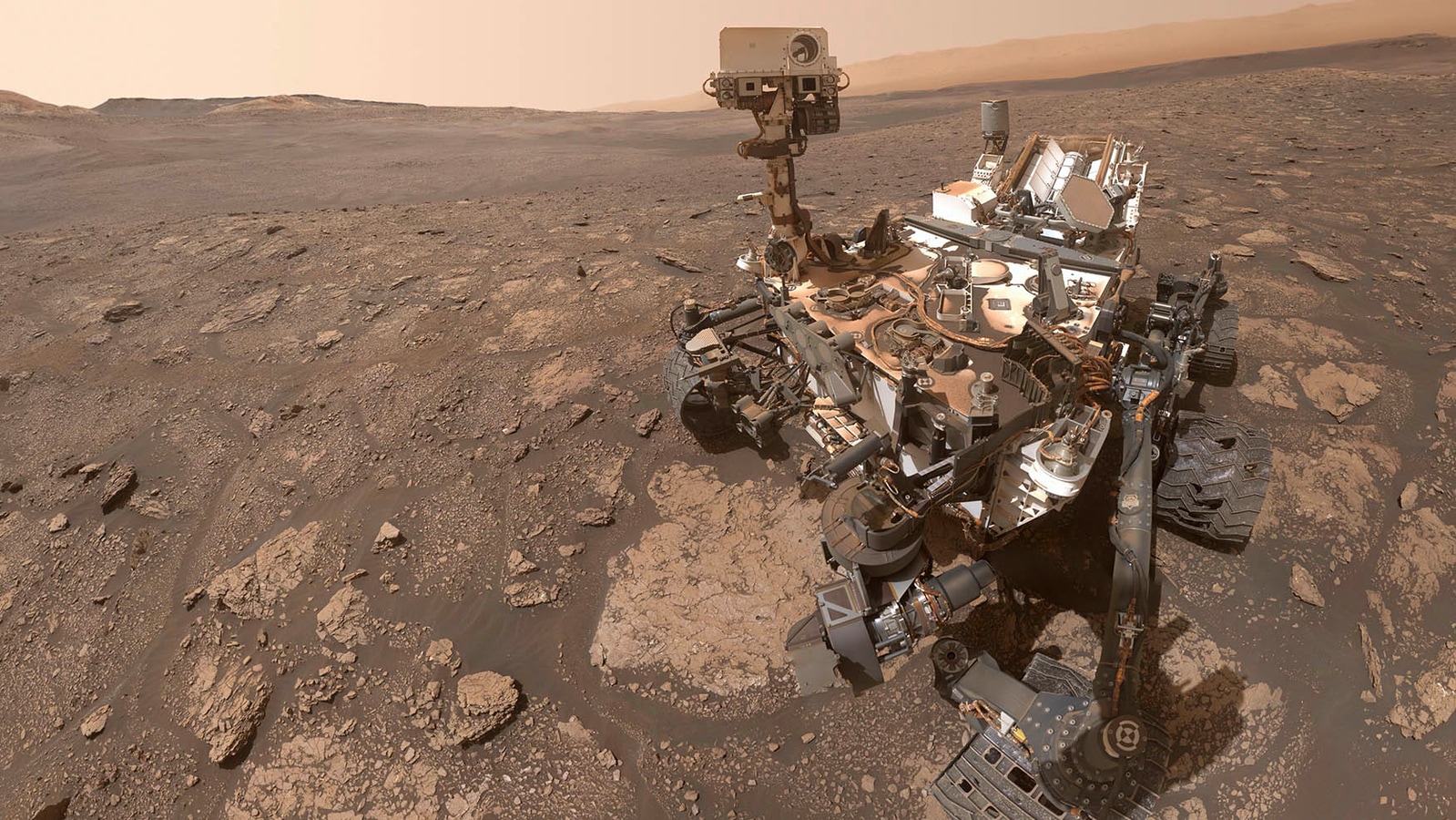NASA's Curiosity rover has once again revealed Mars' hidden stories by uncovering rare sulphur-rich stones during its exploration of Gediz Vallis. This finding provides new insights into the Red Planet's geological and environmental history, furthering our understanding of its transition from a wetter past to its current dry state.
Gediz Vallis and Ancient Water Activity
The rover's journey through Gediz Vallis, situated on the slopes of Mount Sharp within Gale Crater, marks a crucial chapter in its mission. This region offers evidence of ancient water activity, with features shaped by rivers, debris flows, and avalanches. Curiosity captured a 360-degree panorama of the area, giving researchers valuable data about the processes that sculpted the Martian surface over billions of years.
Also read: WhatsApp now lets you mention entire group chats in status updates, here's how
Rare Sulfur Stones Pose New Questions
Among its discoveries, Curiosity found sulphur-rich stones containing yellow crystals beneath their white exteriors. These findings are intriguing because, on Earth, sulfur is often linked to volcanic activity or hot springs. However, Mount Sharp lacks these features, raising questions about the origins of these deposits. Scientists hypothesize that chemical reactions involving water and minerals could be responsible, but the exact process remains unclear.
Curiosity's project scientist, Ashwin Vasavada, highlighted the significance of this mystery, emphasizing its potential to reveal clues about Mars' ancient environments. The presence of sulfur might point to conditions that once supported microbial life, making these stones vital for understanding the planet's habitability in the distant past.
As the rover moves toward its next target, the boxwork formation, scientists aim to study mineral ridges that formed through water evaporation. These formations could shed light on Mars' water history and offer further evidence of its ability to support life. Stretching across 20 kilometres, the boxwork region provides a snapshot of the planet's evolving climate and geological processes.
Explorations like these are piecing together Mars' transformation from a potentially habitable world to the barren desert it is today. By studying formations such as Gediz Vallis and the boxwork, researchers hope to uncover more about the planet's water activity and its potential for life in its early history.


